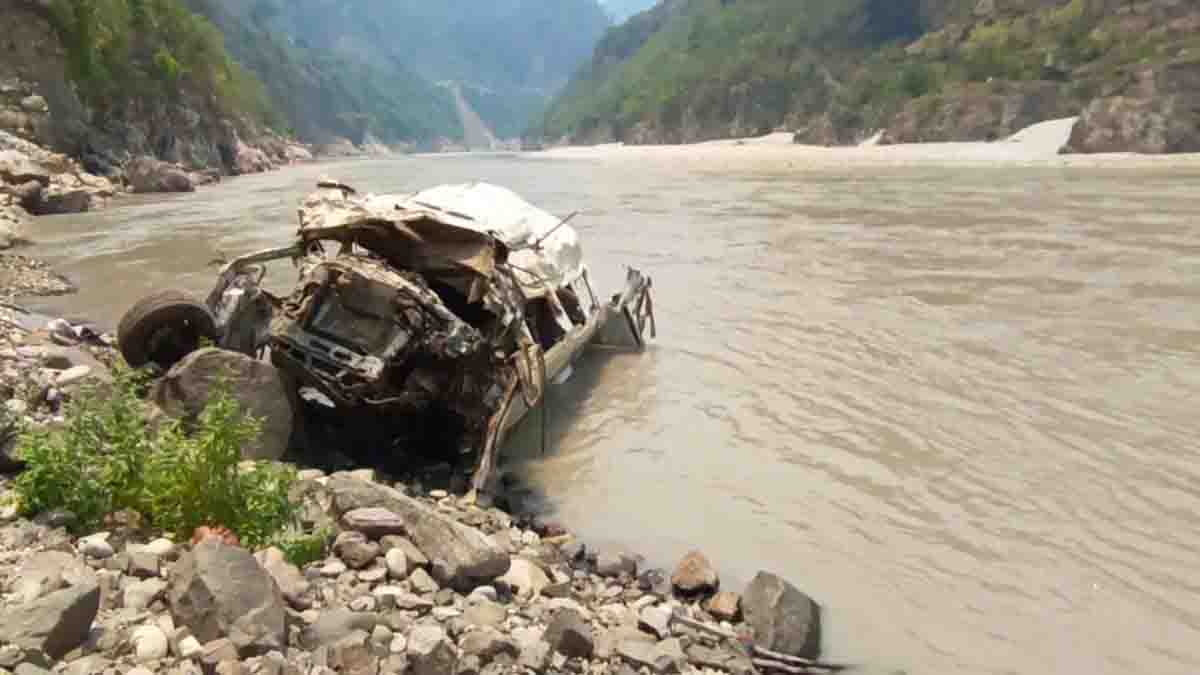Driver’s sleep deprivation and fatigue probable cause of Rudraprayag accident

Monday, 17 JUNE 2024 | PNS | DEHRADUN
Sleep deprivation and fatigue due to continuous driving throughout the night was the probable cause of the Rudraprayag accident in which 14 people lost their lives and 12 were injured on Saturday. The driver also did not have sufficient experience or skill to drive on mountainous routes. The initial report of the inspection team of the Transport department shows that the accident did not occur due to any fault in the road or the vehicle but possibly due to driver’s error, the joint transport commissioner Sanat Kumar Singh said. A team of the department’s lead agency was sent to Rudraprayag to inspect the accident site on the directions of chief minister Pushkar Singh Dhami. The team checked the road and the wreck of the Tempo Traveller vehicle to analyse the cause of the fatal accident. Singh said that as per the report, the vehicle left Delhi at around 11 PM on Friday. Based on the GPS installed in the vehicle, the vehicle stopped for about 45 minutes near Muzaffarnagar. After this, the vehicle stopped the next day directly at Devprayag for about one and a half hours where the passengers took a bath and carried out other activities and then left for Rudraprayag. The team found out that the road was flat from the place called Narkota to the accident site. The board displays a maximum speed limit of 30 kilometres per hour there. However, the driver was probably driving at a much higher speed. Singh said that as per the primary report, there are parapet blocks constructed on a stretch of the road and crash barriers installed on the remaining part of the road. At the place where the vehicle fell into Alaknanda river, there are five parapet blocks instead of crash barriers. The vehicle first broke two blocks and then went over the third block and fell, destroying the fourth block. It was observed that the road width at the accident site is 12 metres of which 10 metres is painted. The road width between the white road markers is nine metres. According to the team, the vehicle was registered in January this year and there was no technical fault in it. Therefore, the probable cause of the accident is not the fault in the road or the vehicle but the driver’s error possibly caused by fatigue resulting from driving throughout the night without rest. The driver’s license was issued from Aligarh in 2019 but it is not valid to operate on mountain routes. It is possible that the driver did not have sufficient experience or skill to drive on mountain routes. Singh further said that according to the report received from the Green Card portal, the online fee for the endorsement of mountainous routes on the driver’s license was deposited at 3:34 PM after the accident on Saturday and the endorsement was received online. It is clear from this that the online test and the said fee submission were done by someone else instead of the driver. The department will investigate this too, he said. Singh also added that the agency will submit the final report on Monday. It is pertinent here that before the Covid-19 pandemic, the endorsement for mountain routes on the license was issued only when the driver was present in any transport office of Uttarakhand, but after the pandemic, the government made this process completely online. In the online process, the driver does not have to give any practical exam due to which his driving skills are not tested for driving on mountainous roads. This might also be the cause of inefficient drivers driving on mountainous routes and causing fatal accidents.





